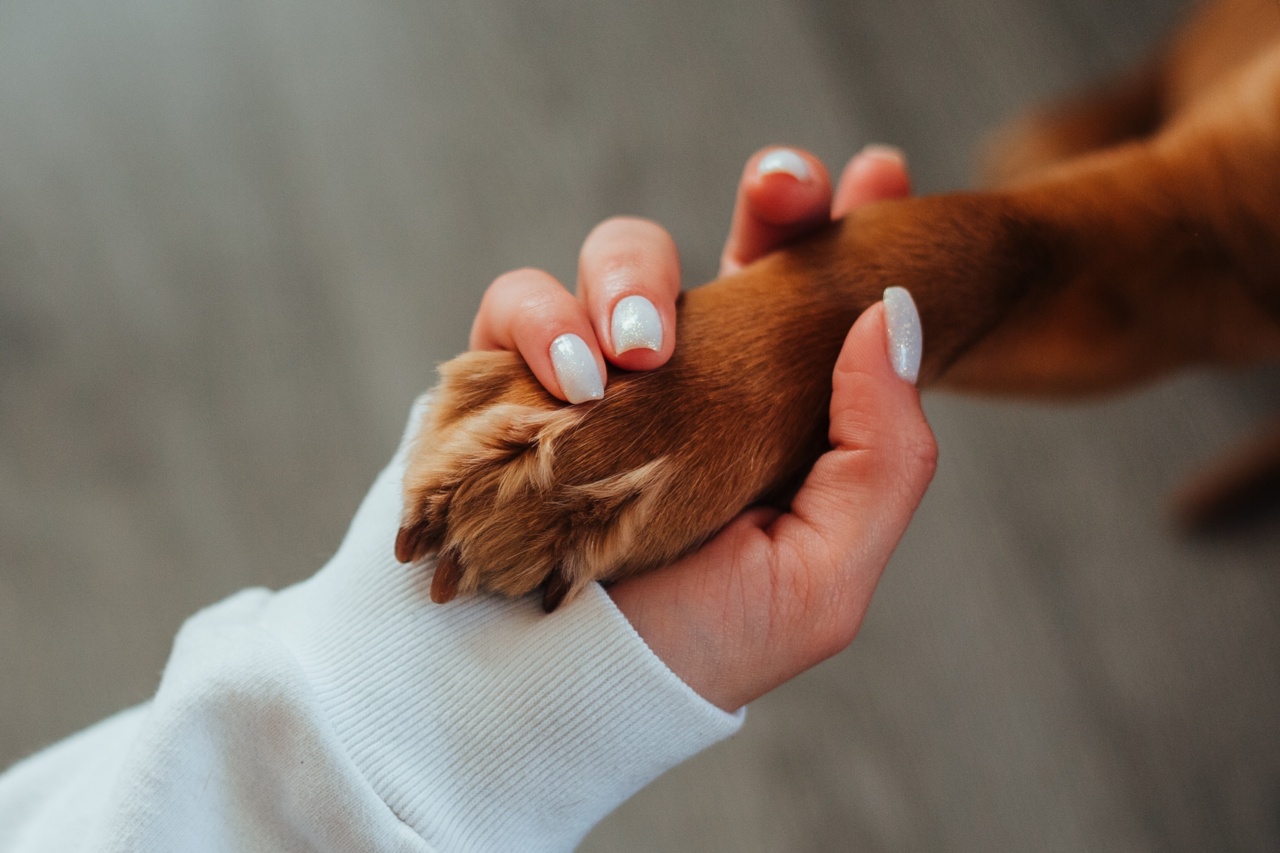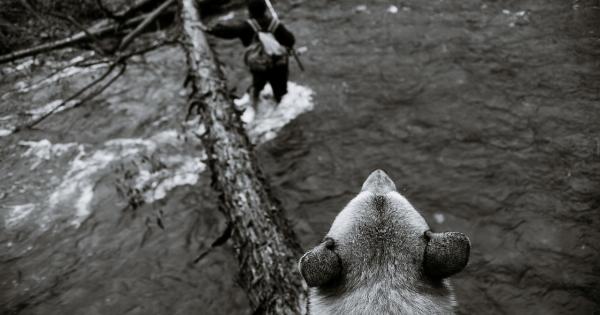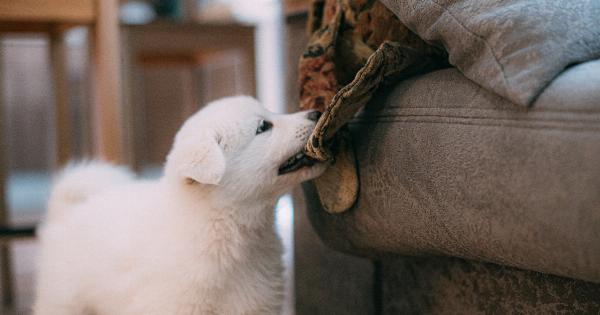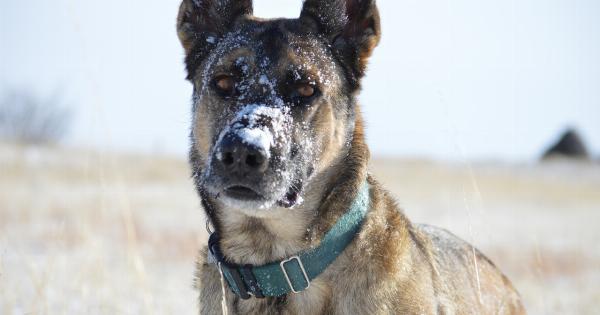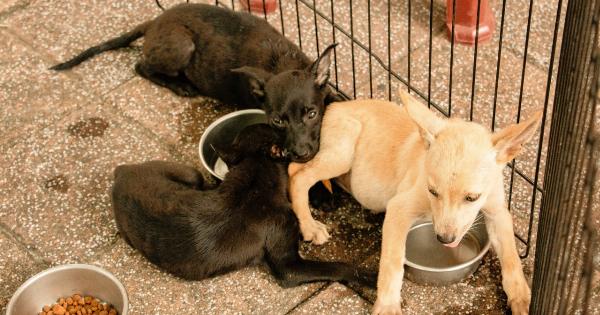Dog training has been a practice for centuries. However, there have been cases where dog training has gone too far and entered the realm of inhumane treatment.
There are limits to the types of training methods that should be used on dogs, but not everyone adheres to these limits. It’s important to be informed and aware of what’s considered inhumane dog training, how to recognize it, and what actions can be taken to stop it.
What is Inhumane Dog Training?
Inhumane dog training is the use of methods that cause physical or emotional harm to dogs. This can include but is not limited to the use of shock collars, choke chains, physical punishment, and deprivation.
These methods can cause physical pain, injury, and emotional trauma to the dog, which can lead to aggression, anxiety, depression, and other behavioral issues.
Types of Inhumane Dog Training
There are various types of inhumane dog training, which include:.
Shock Collars
Shock collars are devices that deliver an electric shock to dogs when they show undesirable behavior. This method has been widely criticized for being inhumane, as it causes pain and distress to dogs.
Not only that, but it can lead to further behavioral issues. This method should be avoided.
Choke Chains
Choke chains are metal chains that are placed around a dog’s neck. They are tightened when the dog shows bad behavior, causing them to choke. This method is inhumane and can cause physical harm to the dog, including injury and even death.
Physical Punishment
Physical punishment involves hitting, kicking, or slapping the dog when they misbehave. This method is not only inhumane but can also be dangerous, as it can lead to aggression from the dog towards their owner or other people.
Additionally, it can lead to emotional trauma for the dog, which can cause further behavioral issues.
Deprivation
Deprivation involves keeping the dog isolated and withholding food, water, and other basic necessities. This method is cruel and can lead to severe physical and emotional damage to the dog.
How to Recognize Inhumane Dog Training
Recognizing inhumane dog training can be difficult, as some people may try to hide or disguise their methods. However, there are certain signs that can indicate inhumane training, which include:.
Fearful or Aggressive Behavior
If a dog shows fearful or aggressive behavior towards their owner or other people, it may be a sign that inhumane training methods are being used.
Visible Injuries
If a dog has visible injuries, such as cuts, bruises, or scratches, it may be a sign of physical abuse.
Excessive Vocalization
If a dog barks excessively or howls when they are left alone, it may be a sign of emotional distress.
Withdrawn Behavior
If a dog appears withdrawn or shows signs of depression, it may be a sign of emotional trauma caused by inhumane training.
What Can We Do to Stop Inhumane Dog Training?
There are several actions that can be taken to stop inhumane dog training, which include:.
Educate Others
Educating others on the proper and humane way to train dogs is crucial in stopping inhumane dog training. By spreading awareness, people can become more informed on the topic and avoid using cruel training methods.
Report Abuse
If someone suspects that a dog is being trained in an inhumane way, they should report it to the appropriate authorities. Animal welfare organizations can investigate and take action against those who are responsible for the abuse.
Support Humane Training Practices
By supporting humane training practices, people can encourage others to use positive and effective methods for training dogs. This can include using treats, positive reinforcement, and clicker training.
Conclusion
Inhumane dog training can cause physical and emotional harm to dogs and should be avoided at all costs. Educating ourselves and others on the proper way to train dogs is crucial in preventing inhumane training methods.
Recognizing the signs of inhumane training and taking action to stop it can help protect dogs from further harm. By supporting humane training practices, we can help create a safer and more positive environment for dogs to learn and thrive in.
